In September, SIE’s exhibit developers Brigid Laurie and John Powell flew to Argentina for a weeklong exhibit development workshop, leaving everyone in the office to fend off rogue commas, dangling participles, and incomplete narratives all by themselves. The horror!
Why did we get to do this?
Back in May, Smithsonian Exhibits (SIE) had the pleasure of hosting a group of Argentinian museum professionals. Our guests were participating in a yearlong cooperative program, Capacity Building for Argentinian Museum and Cultural Heritage Professionals. The program was organized by the Smithsonian, the U.S. Embassy in Argentina, and Argentina’s Dirección Nacional de Museos (DNM). We had a wonderful conversation, exchanged information, and said, “let’s keep this discussion going!”
And the conversation did continue! A few weeks after that first meeting, the Smithsonian’s Office of International Relations and Global Programs (OIR) contacted SIE about offering an exhibit development workshop in Buenos Aires. We (Brigid and John) jumped at the opportunity.
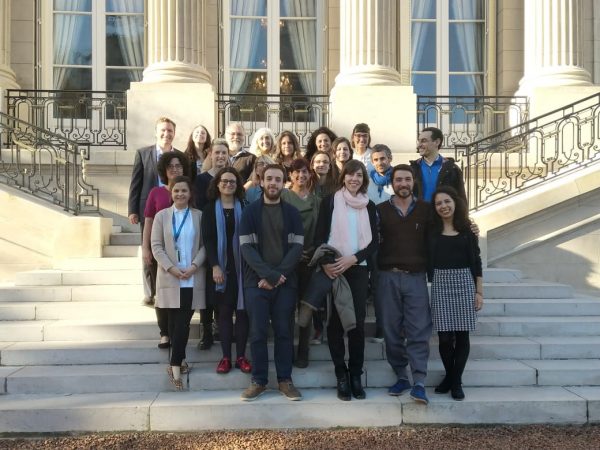
With a Little Help from Our Friends
Working with OIR, we came up with a full schedule of presentations and activities. In Argentina, we were joined by Magdalena Mieri from the National Museum of American History and Sara De La Torre Berón from OIR, who have been part of the program since it started. Magdalena, one of the program’s mentors, led a session on strategic planning. Sara coordinated the workshop on behalf of OIR and made everything go incredibly smoothly.
Who attended?
Twenty participants attended the workshop from five different museums across Argentina. As you would expect, the museums were all at different points in their projects. Some are opening in the near future; others had just started up when this program began. Additional museum professionals from Buenos Aires also attended when their schedules allowed.
What did we talk about?
The program focused on audience-centered exhibit and program development. With that in mind, we organized each day of the workshop around a larger topic. Each day built on the previous day’s topics.
Day one focused on understanding visitor needs and strategic planning.
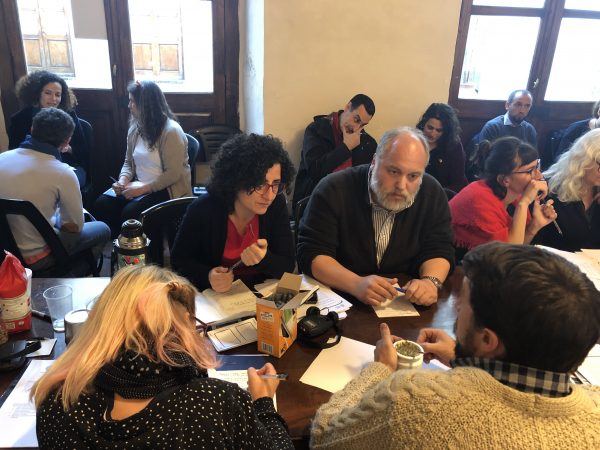
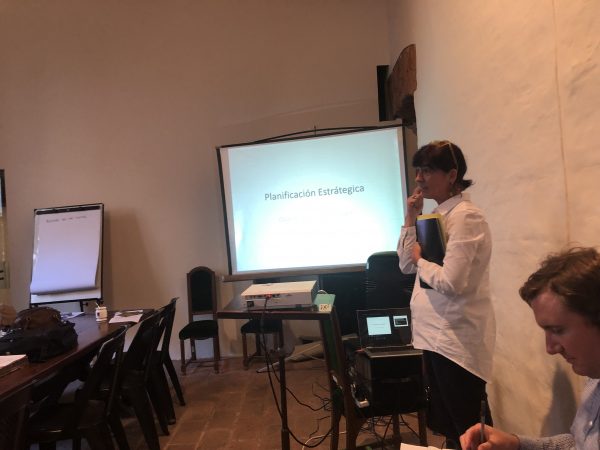
We also had an opportunity to visit the nearby Museo Cabildo, where they showed us the prototyping they are doing for an upcoming exhibit.
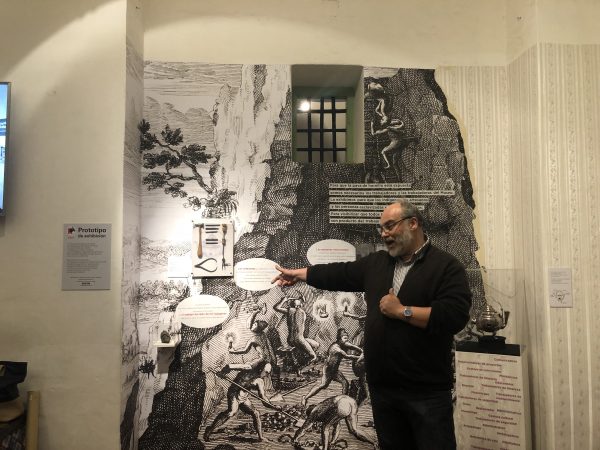
On day two, we met at the residence of the U.S. Ambassador to Argentina, a historic mansion, where we discussed interpretive hierarchies beneath exquisite chandeliers.

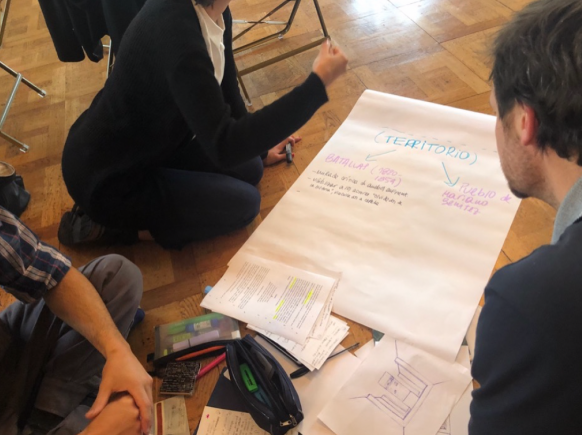
By day three, we were ready to dive into the specifics, and talked about ways to organize exhibit content and how to select different tools and techniques to tell a story. We started day three with a random object exercise to consider all the stories you can tell with one seemingly insignificant object, like a coaster.
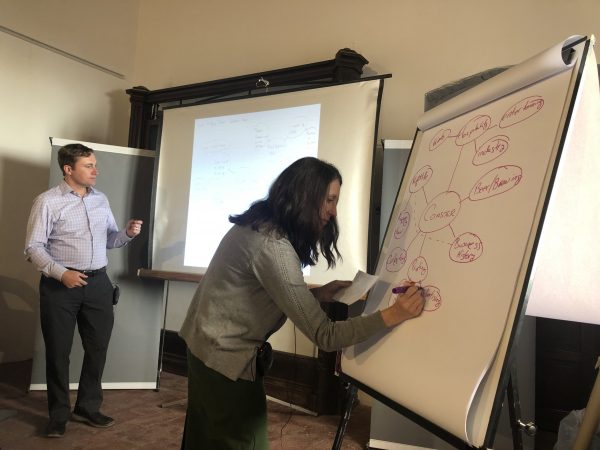
Dina Fisman from the DNM led a session on exhibit writing, focusing on how to write for an Argentinian audience. We got to listen to her session (thanks, interpreters!)—it was wonderful and insightful.
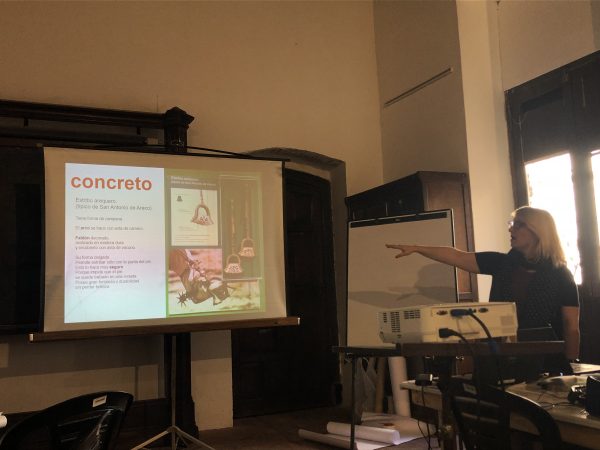
Day four was the last formal day of the workshop. We covered how to take exhibits from concept to completion. We shared some sample documents from our work at SIE and met with participants to discuss a variety of exhibit-related topics.
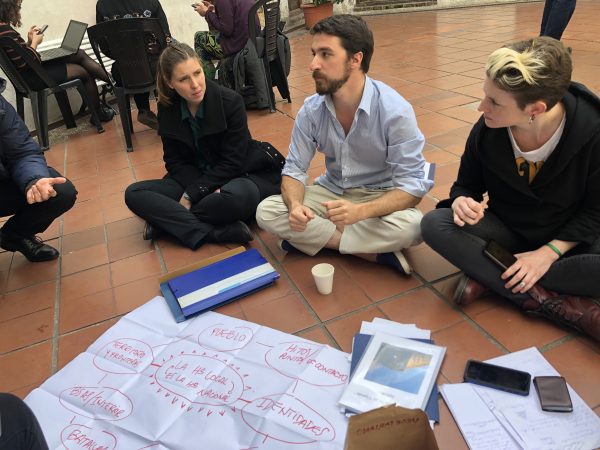
We capped the day with a public presentation at the Museo Roca. It felt like a fitting end to the workshop and it was great to be able to share our experiences with the larger museum community in Buenos Aires.
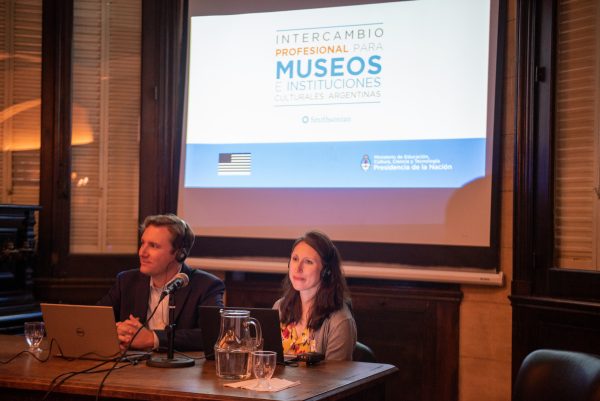
We spent our last day visiting two different museums in Buenos Aires and learning about their efforts to create visible storage for collections and make museums more accessible.
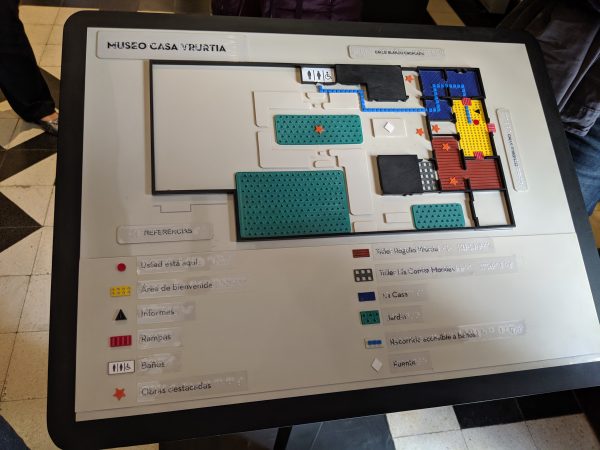
We look forward to keeping in touch with our colleagues in Argentina and hearing about their exhibits. It was a wonderful learning experience for us and we can’t wait for our next opportunity to take our show on the road!
Interested in learning more about exhibit development and writing? Check out our guide to exhibit development and our guidelines for label writing.
